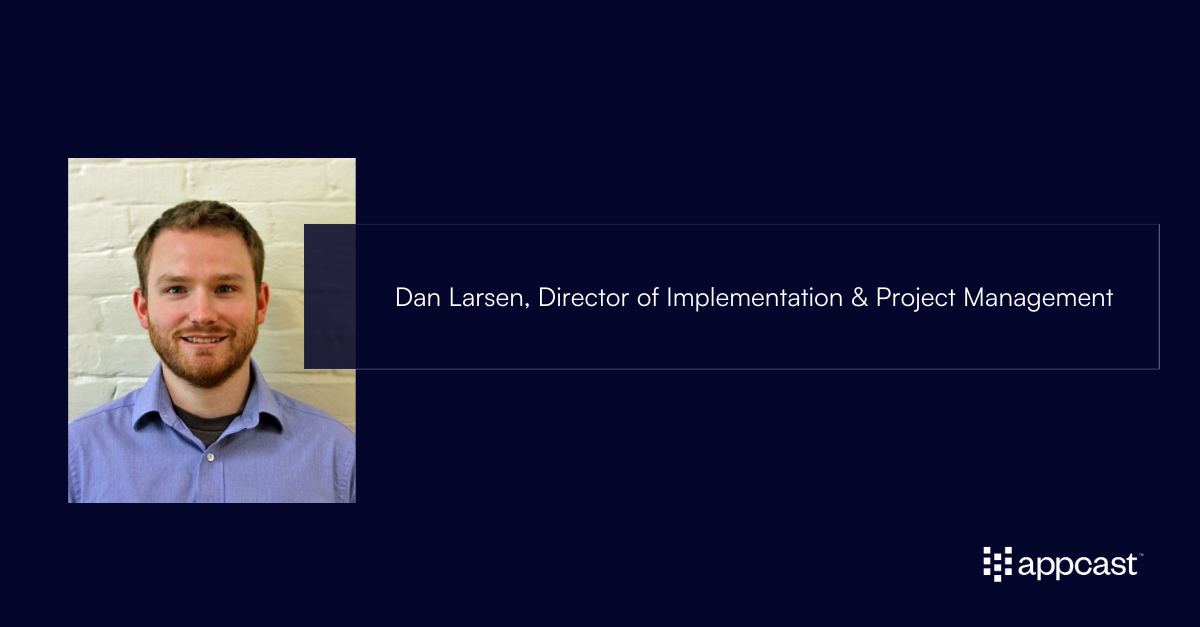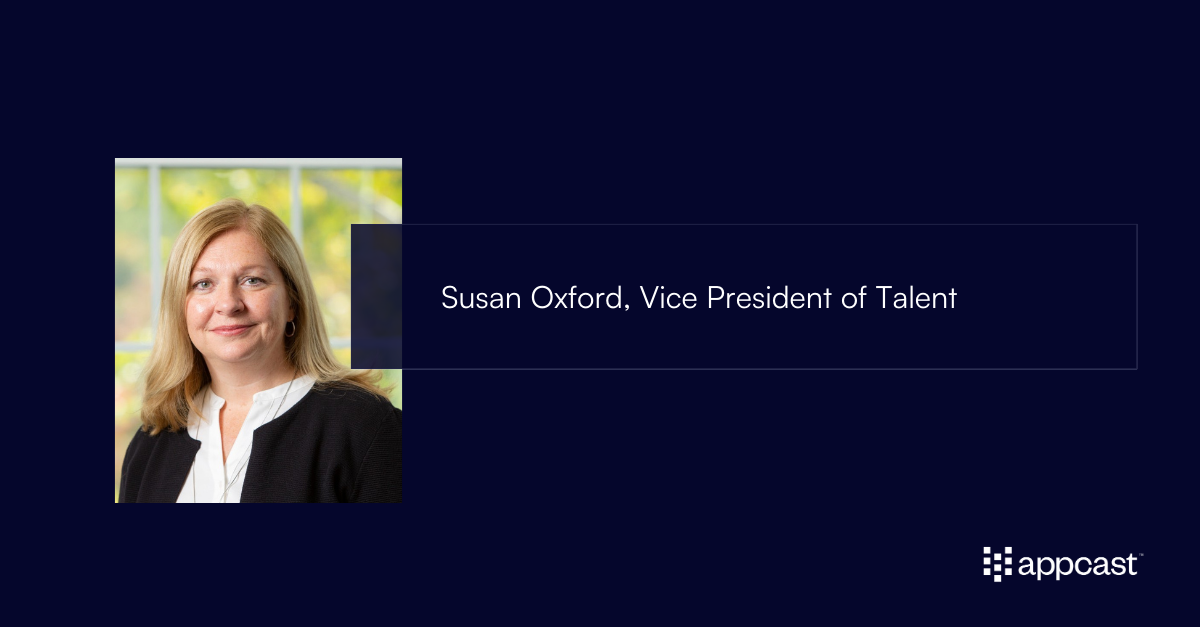This blog was originally published by Lori Sylvia from Rally Recruitment Marketing. See original post HERE.
With the uncertainties of 2020 continuing into 2021, talent acquisition leaders are having to keep their recruiting strategies agile so that they’re ready to support a potentially fluid hiring plan this year.
To provide some clarity to the Rally community, we turned to the data. We sat down with Chris Forman, the CEO and Founder of Appcast, to understand the latest trends in recruitment advertising and what you can expect in 2021.
Chris let us pick his brain for an hour during our 2021 Recruitment Advertising Trends webinar in which Chris shared his perspective as an industry veteran and his new research on Recruitment Marketing benchmarks. We covered a wide range of important topics, from the competitive nature of the mobile application experience, to the effect of work from home on your TA and Recruitment Marketing strategies, to how you can attract more candidates from underrepresented racial and ethnic groups.
The following video includes highlights from the webinar:
Here are the top 3 recruitment advertising trends as well as key takeaways that can help you plan your talent acquisition and Recruitment Marketing budget in 2021.
Trend #1: Unprecedented economic growth will increase cost per applicant
Goldman Sachs estimates that the U.S. Gross Domestic Product (GDP) is going to grow by 8% in 2021. As Chris describes, “in my entire professional career, I’ve never seen the GDP grow as fast as what Goldman Sachs is predicting this year.”
To put into perspective just how big of an increase this is, the U.S. economy has grown approximately 2-3% for the past 15 years, Chris explained. Combined with Appcast’s own models, the economic growth that’s projected this year will lead to “massive competition across all levels of talent,” he said.
Chris suspects that recruiters will see it first with blue-collar and shift workers. “We’re seeing the return of hospitality, in-person retail, and restaurants, we’re seeing continued demand for Uber drivers, Lyft drivers and people to process and move packages” he points out. “That means the e-commerce supply chain of drivers, packers and shippers are all competing for the same group of folks.”
Regardless of industry, talent leaders should expect a massive increase in recruiting costs to accompany this upshoot in competition. According to Chris, many industries may even see cost per applicant (CPA) rates increase by 10-30%. That’s because when the economy is good (meaning job supply outweighs job demand) people look at more job ads while applying to fewer. More views but fewer applications means a lower conversion rate of your job ads, which means a higher per-applicant cost.
This paints an even more expensive picture for job boards like ZipRecruiter and Indeed. When advertising in these places, higher competition doesn’t just mean paying more for your clicks, it also means paying more for your ad placements.
Employers can also expect enhanced federal unemployment benefits to increase per-applicant cost, particularly in areas where local living costs are lower and employers pay less. As Chris explains, “I’m almost certain we’ll see more work scarcity and a decrease in apply rate and applicant flow in those areas.” With the health risks of coming back to work and a large portion of their day-to-day costs covered by stimulus checks, many people in these areas will need more incentive to apply, he said.
In other words, from ad placement to clicks, recruiters should prepare to spend more money to recruit in 2021 than in previous years.
Trend #2: Optimized mobile applications are a competitive advantage
In 2020, Appcast found that 61% of submitted applications started on a mobile device. Compared to 49.60% in 2019, this is a jump of 22%!
However, the apply rate on mobile is substantially lower than on desktop, so a problem begins to emerge — more eyes, fewer applications and an even lower conversion rate.
For the reasons outlined in the first takeaway, talent leaders will already have to spend more recruiting budget to counteract more competition in the coming months — and the lower conversion rate that will come with that. Now, with more candidates coming from mobile devices, employers will have to spend even more to make up for mobile’s lower conversion rate, Chris believes.
However, it’s worth noting, according to Chris, that this push towards “mobile first” applying — and the corresponding lower conversion rates — would affect recruiters with or without a pandemic. As he elaborates, “if ‘mobile first’ happened alone, you still would have seen your application cost go up by basically 30%.”
Fortunately, there are specific actions you can take to mitigate the impact of decreased mobile apply conversions. The first is to focus less on the faults of your applicant tracking system and more on your application process. “As recruiters, we’re the ones who write the questions,” Chris explains. “By stripping down the questions, even if the tech itself is not mobile first, the application process becomes a lot easier for people to complete.”
A good rule of thumb to follow is to only ask the questions you need to ask. To reinforce this, Appcast found that an apply flow shorter than 5 minutes produces 385% more applicants than a flow that takes more than 15 minutes. If you’re unsure about what questions are necessary, consider Chris’s guidelines:
“For hard-to-fill positions and white-collar positions, first name, last name, email address, mobile number and resume. Boom. You can always ask for all the compliance info after. For blue-collar applicants, first name, last name, email address, mobile number and three qualifying questions — nothing else,” he said.
Depending on your recruiting process, enabling job site apply tools can also help increase conversions. The key is to change your apply flow to support this — and train your recruiters to go into your ATS and look for incomplete applications — otherwise, you can expect your incomplete applications to slip by unnoticed.
Trend #3: More companies are overhauling their approach to diversity, including recruiting
Increased calls for racial and social justice around the world have pushed organizations to take action to increase diversity and inclusion, and recruitment, in particular, has been heavily scrutinized. That’s why Appcast set out to answer a bold question: Do programmatic job ads reach more diverse candidates than human-placed ads?
The answer, as Chris and his team found, is a resounding “yes.” Using data sourced from all of Appcast’s job ad buying, they found that programmatic job ads reached 23% more candidates from underrepresented groups and 7% more women than the U.S. online benchmark average.
Recruiters have known for years the benefits of programmatic job ads as they relate to cost-saving and efficiency, but this data reveals yet another benefit: more diverse talent pools.
The reason for this, Chris believes, is that programmatic removes a lot of unintended bias. Using only software to source applicants means humans are not interjecting their own beliefs or preferences — whether they’re aware of them or not — into where they should place their job ads to increase diversity of their talent pipeline.
The best part is that while Appcast’s Xcelerate was used for this research, Chris is confident that any programmatic provider, given the right data sets, will produce similar results. Regardless, the bottom line is clear — if you want to cast a wider, more inclusive net as a recruiter in 2021, programmatic job ads are the way to go.
—————
With these 3 recruitment advertising trends in mind, we hope you can better tailor your 2021 Recruitment Marketing strategy for success. While there are lots of meaty insights above to get you started, if you’re looking to get ahead in the coming months watch the full 2021 Recruitment Advertising Trends webinar here.


